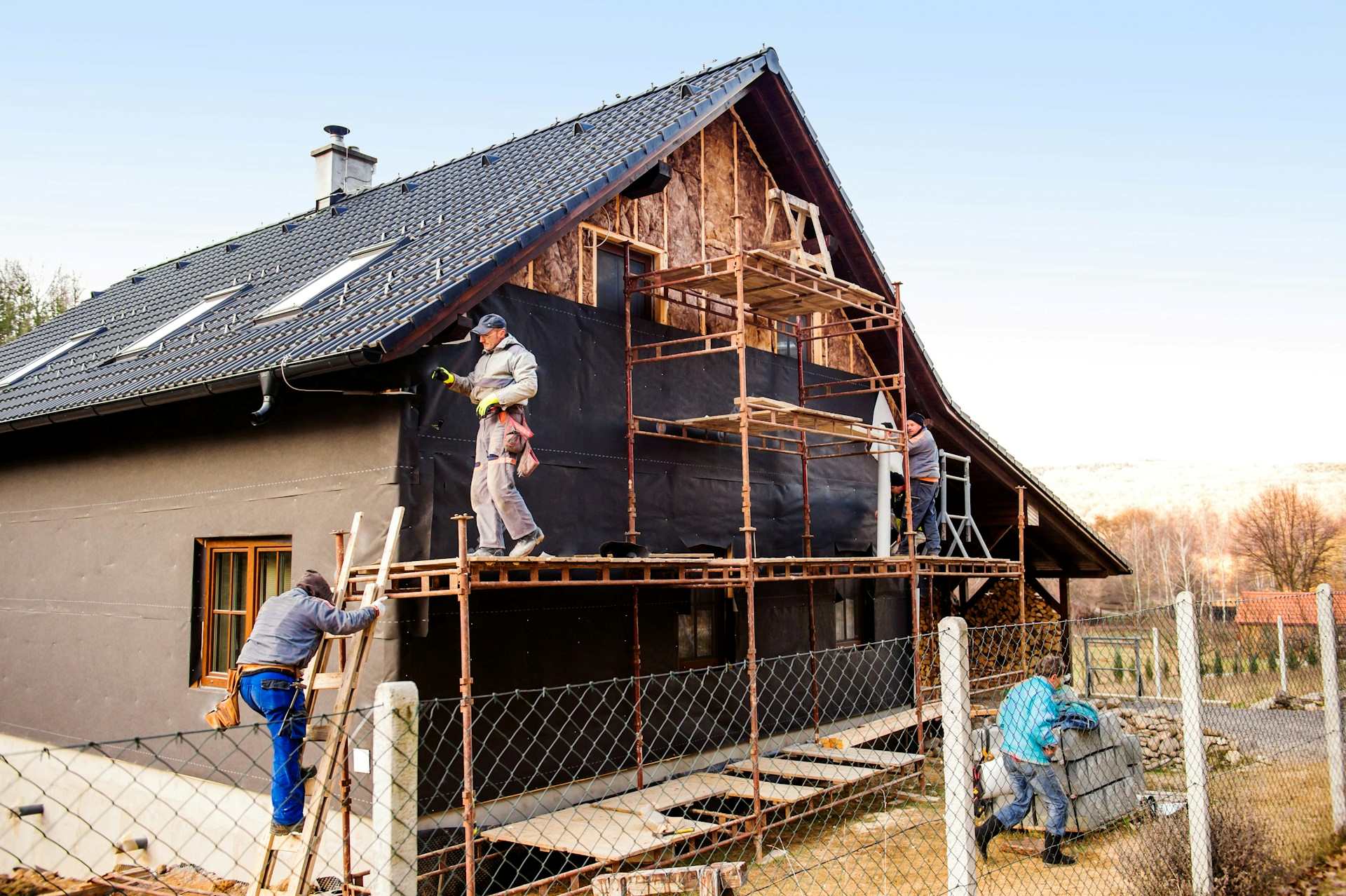England’s development sector stands at a critical juncture as newly proposed planning exemptions threaten to undermine landmark biodiversity protections. Following the 2024 rollout of the Biodiversity Net Gain policy, requiring a 10% ecological uplift on new projects, government revisions could now exempt the majority of small-scale developments, placing an estimated 215,000 hectares of natural land at risk. This rollback has sparked concern that environmental gains hard-won over the past decade may be quickly reversed.
The push for deregulation comes as pressure mounts to meet ambitious housing targets. Yet conservation experts warn that bypassing on-site nature requirements for centralised offset payments risks creating a system where habitats are degraded without local compensation. Critics argue that this approach could result in fragmented ecosystems and eroded community trust, particularly in areas where green space is already scarce.
In response, advocates are urging that nature-positive design be enshrined directly within England’s Building Regulations. Recommendations include mandating swift bricks, bat roosts, hedgehog corridors, and green roofs as standard practice, practical interventions that enhance biodiversity without compromising development viability. Integrating such elements aligns closely with broader environmental, social and governance (ESG) trends, increasingly influencing both property valuations and buyer sentiment.
The stakes are rising. Analysis suggests that up to 97% of annual residential approvals could sidestep the existing biodiversity standards under current proposals. That figure represents land area equivalent to the entire Yorkshire Dales, raising urgent questions about the sustainability of England’s planning trajectory. At the same time, new technologies such as digital ecological mapping and AI-driven design tools are making it easier than ever to embed nature into urban schemes from the ground up.
For developers, investors, and policymakers, the moment demands a recalibrated view of value, one where biodiversity is not a constraint but a cornerstone of long-term asset resilience. Projects that prioritise ecological integrity are likely to benefit from stronger regulatory support, public goodwill, and lasting relevance in an increasingly climate-conscious market.
England’s housing future is being shaped in the present – brick by brick, policy by policy. Whether that future balances growth with stewardship, or sacrifices ecosystems to meet targets, remains an open question.


